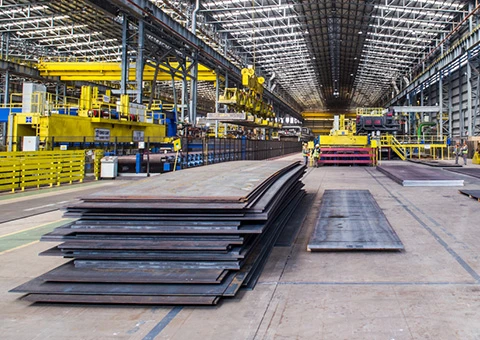overhead gantry system
Overhead Gantry Systems Enhancing Efficiency in Modern Industry
In the realm of industrial machinery and logistics, the overhead gantry system has emerged as a vital solution for enhancing productivity and safety in various workplaces. This innovative system, characterized by its elevated framework and mobile hoisting capabilities, is pivotal in streamlining material handling processes across multiple sectors including manufacturing, warehousing, construction, and shipping.
The design of an overhead gantry system generally consists of two vertical supports connected by a horizontal beam that spans the work area. This configuration allows the system to cover a significant vertical space without occupying ground-level area, thereby maximizing usable workspace while minimizing the risk of obstruction. The horizontal beam is typically fitted with a hoist that can move along its length, allowing operators to lift, lower, and transport heavy loads with ease and precision.
One of the most significant advantages of overhead gantry systems is their capacity to handle heavy and bulky materials
. In manufacturing facilities, for example, these systems can lift components that would otherwise require multiple workers or specialized equipment. This automation not only saves labor costs but also reduces the risk of workplace injuries associated with manual lifting. Safety is further bolstered by the system's ability to maintain stability when moving loads, minimizing the chances of accidents that can arise from improperly balanced heavy items.overhead gantry system

Moreover, overhead gantry systems are highly versatile. They can be custom-designed to accommodate specific operational needs, including variable heights, load capacities, and movement ranges. This flexibility enables businesses to adapt the system to their unique workflows and spatial constraints. In various configurations, these systems can be stationary or portable, allowing for extensive applications in both fixed and mobile scenarios. As a result, industries can optimize their operations without excessive investment in distinct machinery for different tasks.
The installation of an overhead gantry system can also lead to significant improvements in workflow efficiency. By providing a dedicated and organized approach to material handling, these systems reduce the time spent on transporting and positioning goods. In warehouses, for instance, the ability to swiftly maneuver pallets and inventory minimizes downtime, facilitating quicker order fulfillment processes. This becomes increasingly relevant in today’s fast-paced market, where efficiency directly correlates with customer satisfaction.
Moreover, advancements in technology have allowed for more sophisticated overhead gantry systems. Modern incarnations can be equipped with advanced features such as automated controls, real-time load monitoring, and integration with warehouse management software. These technological upgrades not only improve operational efficiency but also optimize resource allocation by providing data-driven insights into usage patterns and load capacities.
In conclusion, the overhead gantry system is an essential asset in the contemporary industrial landscape, providing unparalleled capability in lifting and transporting heavy goods. Its benefits, including enhanced safety, flexibility, and workflow efficiency, make it a preferred choice for many businesses. As industries evolve and demand for reliable material handling solutions increases, the overhead gantry system will continue to play a critical role in shaping the future of logistics and manufacturing. Investing in this technology not only streamlines production but also positions companies advantageously in the competitive market, underscoring the importance of innovation in operational strategies.
-
Unlock Seamless Relocation with Our Heavy Equipment Moving ExpertiseNewsJun.06,2025
-
Unleash Unrivaled Flexibility with Our Adjustable Gantry CraneNewsJun.06,2025
-
Unleash Heavy-Duty Efficiency with Our Industrial Gantry Crane SolutionsNewsJun.06,2025
-
Revolutionize Steel Handling with Our Magnetic Lifter RangeNewsJun.06,2025
-
Master Equipment Mobility with Premium Machinery Mover SolutionsNewsJun.06,2025
-
Elevate Your Material Handling with Magnetic Lifter TechnologyNewsJun.06,2025
-
YS Permanent Lifting Magnets: The Smarter Way to Handle SteelNewsMay.22,2025
